Mexico Flag Meaning
Three vertical stripes of green, white, and red with the Mexican coat of arms centered on the white stripe, featuring an eagle perched on a cactus devouring a serpent, representing the Aztec founding legend of Tenochtitlan and Mexican independence.
- Continent
- North America
- Adopted
- 1968
- Ratio
- 4:7
- Colors
- green, white, red

Symbolism
Green Stripe: Originally represented independence from Spain, but modern interpretation symbolizes hope, unity, and the rich natural heritage of Mexico, including its forests and agricultural abundance.
White Stripe: Originally symbolized the purity of the Catholic religion, but contemporary meaning represents unity, peace, and the snow-capped peaks of Mexico's volcanoes and mountains.
Red Stripe: Originally represented the union between Europeans and Americans, but modern interpretation symbolizes the blood shed by national heroes and the courage of those who fought for Mexican independence.
Eagle on Cactus: Represents the Aztec legend where the god Huitzilopochtli told the people to build their city where they found an eagle perched on a cactus, leading to the founding of Tenochtitlan (modern Mexico City).
Serpent: The snake being devoured by the eagle represents the triumph of good over evil in Aztec mythology, and symbolizes Mexico's victory over its enemies and the eternal struggle for justice.
History
- 1325: According to Aztec legend, the wandering tribes found an eagle on a cactus devouring a serpent on an island in Lake Texcoco, where they founded Tenochtitlan, the future Mexico City.
- September 16, 1810: Miguel Hidalgo's call for independence began the Mexican War of Independence, with early revolutionary flags featuring the Virgin of Guadalupe and various patriotic symbols.
- November 2, 1821: The first official flag of independent Mexico was adopted, featuring the green, white, and red tricolor with the eagle, snake, and cactus emblem in the center.
- 1823-1864: Various flag designs were used during the early republic and periods of political instability, but the basic tricolor with eagle emblem remained the standard.
- 1864-1867: During the Second Mexican Empire under Maximilian I, an imperial flag with different proportions and eagle design was used, but was abandoned after his execution.
- 1968: The current flag design was officially standardized with precise specifications for the coat of arms, coinciding with Mexico hosting the Olympic Games in Mexico City.
- 1821-Present: The basic tricolor design with eagle emblem has remained Mexico's flag for over 200 years, making it one of the longest-used flag designs in the Americas.
Trivia
- Mexico's flag is one of the few national flags to feature an animal actively eating another animal, with the eagle devouring the serpent in the coat of arms.
- The eagle in the coat of arms is specifically a golden eagle (Aquila chrysaetos), Mexico's national bird, shown in a highly stylized heraldic design.
- Mexico celebrates Flag Day (Día de la Bandera) on February 24, commemorating the Plan of Iguala that established the tricolor design in 1821.
- The current coat of arms contains intricate details including specific types of cactus (prickly pear) and vegetation that require skilled artisans to reproduce accurately.
- Mexico's flag shares the green, white, and red colors with Italy, but Mexico's stripes are vertical and include the distinctive coat of arms.
- The flag appears on Mexican peso banknotes and coins, often alongside portraits of national heroes like Miguel Hidalgo, Benito Juárez, and José María Morelos.
- During the 1968 Olympics in Mexico City, the flag gained international recognition as Mexico showcased its culture and history to a global audience.
- The eagle emblem has appeared on Mexican currency and official documents since independence, making it one of the oldest continuously used national symbols in the Americas.
- Mexican emigrants and Mexican-Americans often display the flag during cultural celebrations like Cinco de Mayo and Mexican Independence Day (September 16).
- The flag's coat of arms is so complex that there are official government specifications detailing every element, from the eagle's posture to the cactus species.
- Ancient Aztec codices show early versions of the eagle and serpent motif, connecting the modern flag directly to pre-Columbian Mexican civilization.
- The flag protocol requires it to be treated with great reverence, and burning or desecrating the Mexican flag is a federal crime punishable by imprisonment.
- During major football (soccer) matches, especially World Cup games, the Mexican flag becomes one of the most visible national symbols in international sports.
- The green, white, and red colors appear in traditional Mexican decorations, pottery, and textiles, making the flag colors deeply embedded in Mexican folk art.
- Mexico's coat of arms appears on the country's presidential sash and is used by Mexican embassies worldwide as the official symbol of the Mexican state.
Related Countries

Guatemala
North America
Three vertical stripes of blue, white, and blue with the national coat of arms centered on the white stripe, representing the Pacific and Atlantic oceans, peace, and the sovereignty of the Republic of Guatemala.
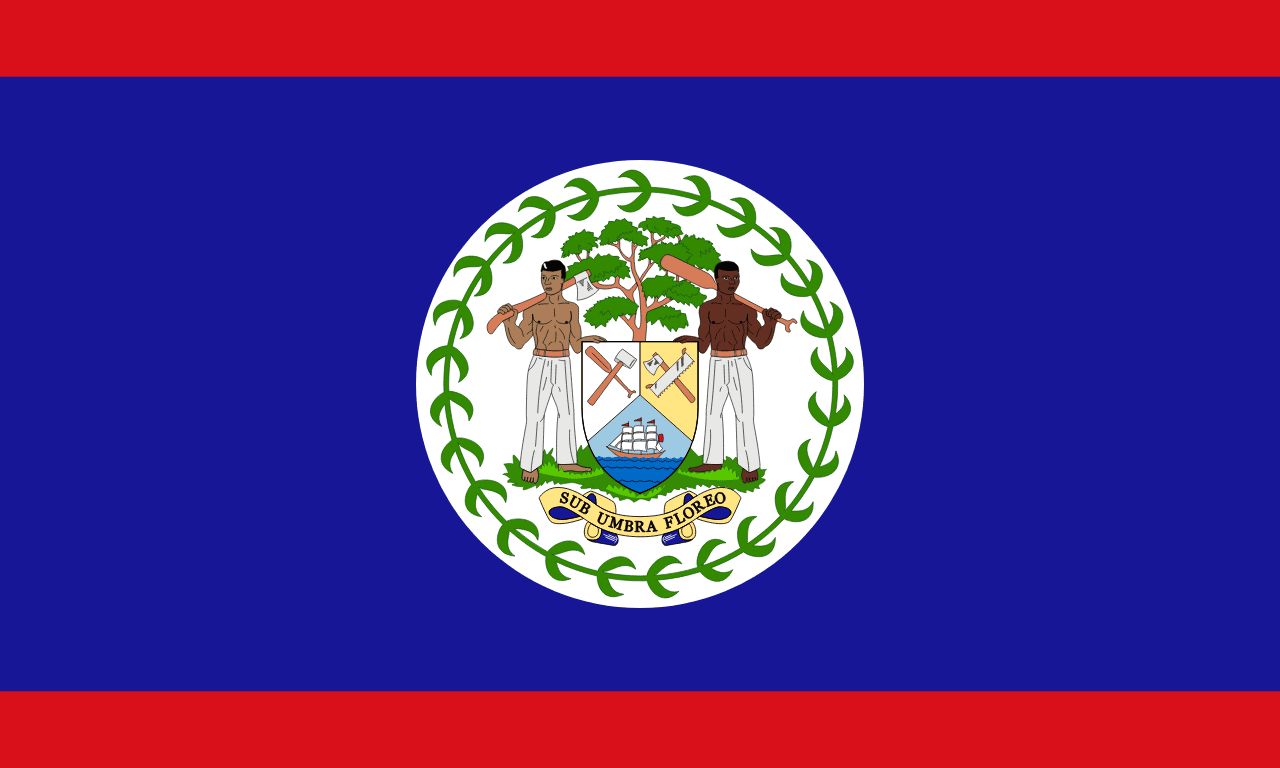
Belize
North America
A blue field with red stripes along the top and bottom edges and the national coat of arms in a white circle at the center, representing the ruling People's United Party, the opposition United Democratic Party, and the peace that unites them, making it the only national flag to feature human figures.
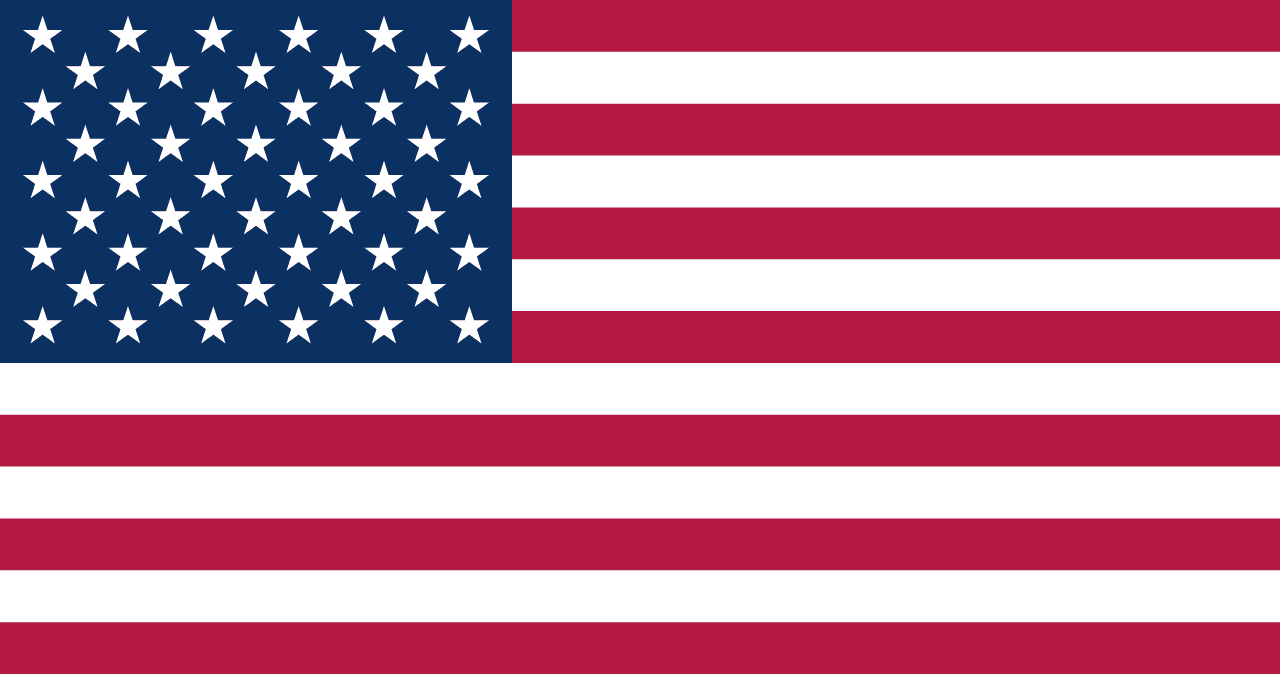
United States
North America
Stars and stripes representing the states and original colonies that founded America.
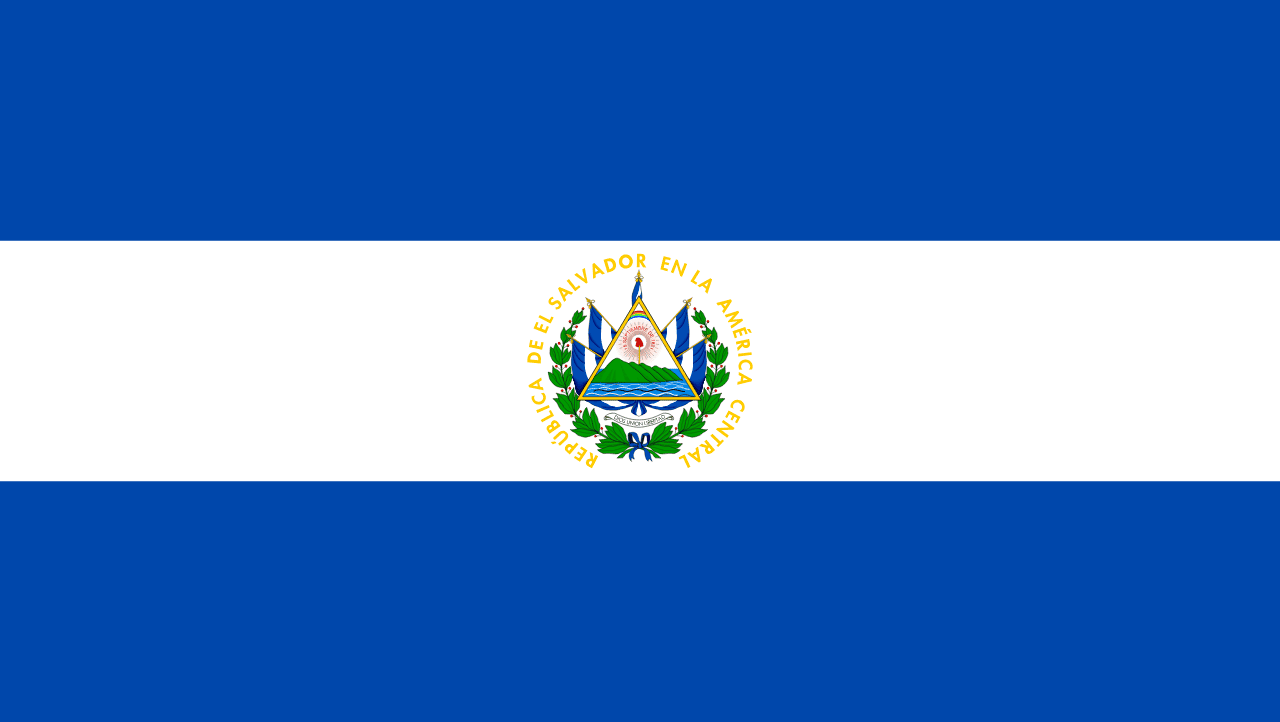
El Salvador
North America
Three horizontal stripes of blue, white, and blue with the national coat of arms centered on the white stripe, representing the Pacific and Atlantic oceans, peace, and the hope for Central American unity.
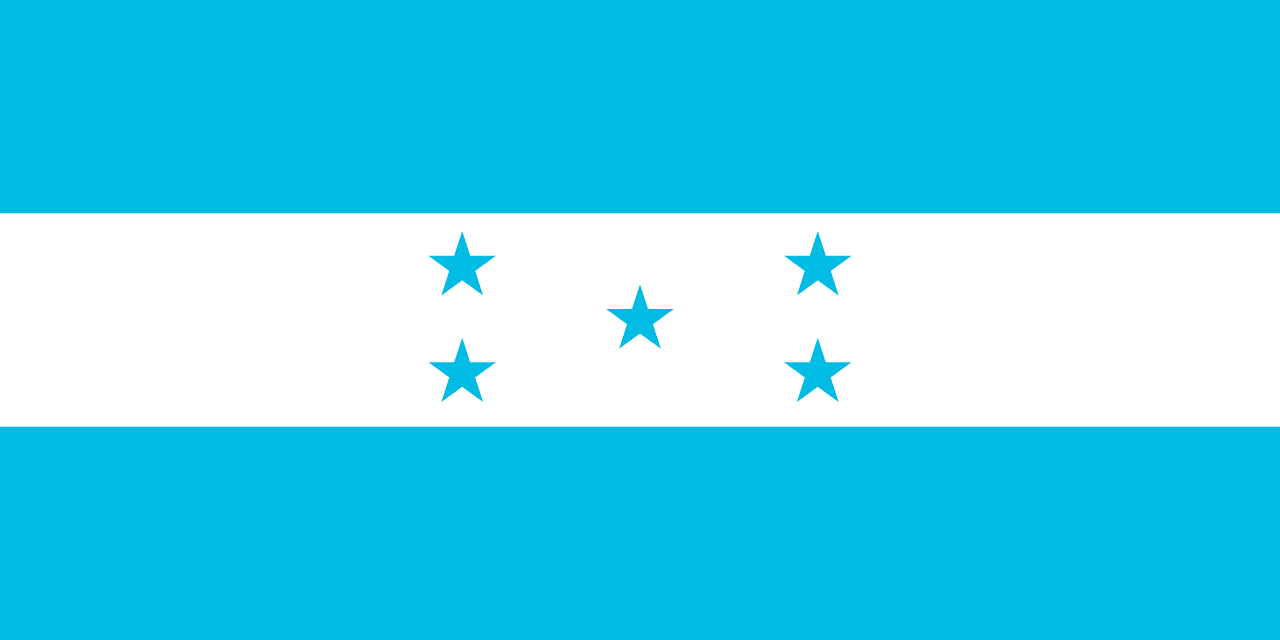
Honduras
North America
Three horizontal stripes of blue, white, and blue with five blue five-pointed stars arranged in an X pattern on the white stripe, representing the Pacific and Atlantic oceans, peace, and the hope for Central American unity.
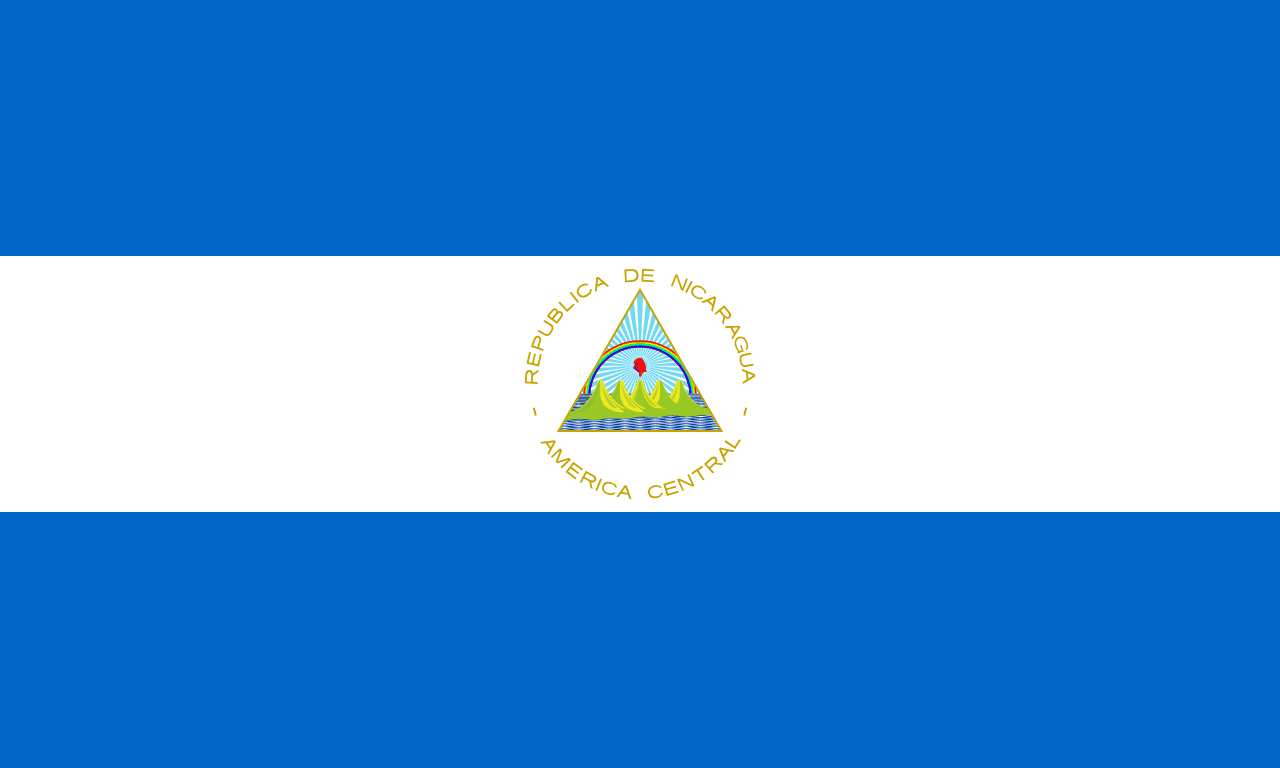
Nicaragua
North America
Three horizontal stripes of blue, white, and blue with the national coat of arms centered on the white stripe, representing Nicaragua's position between two oceans and its revolutionary ideals of liberty and peace.